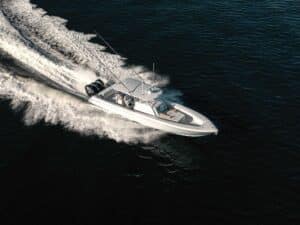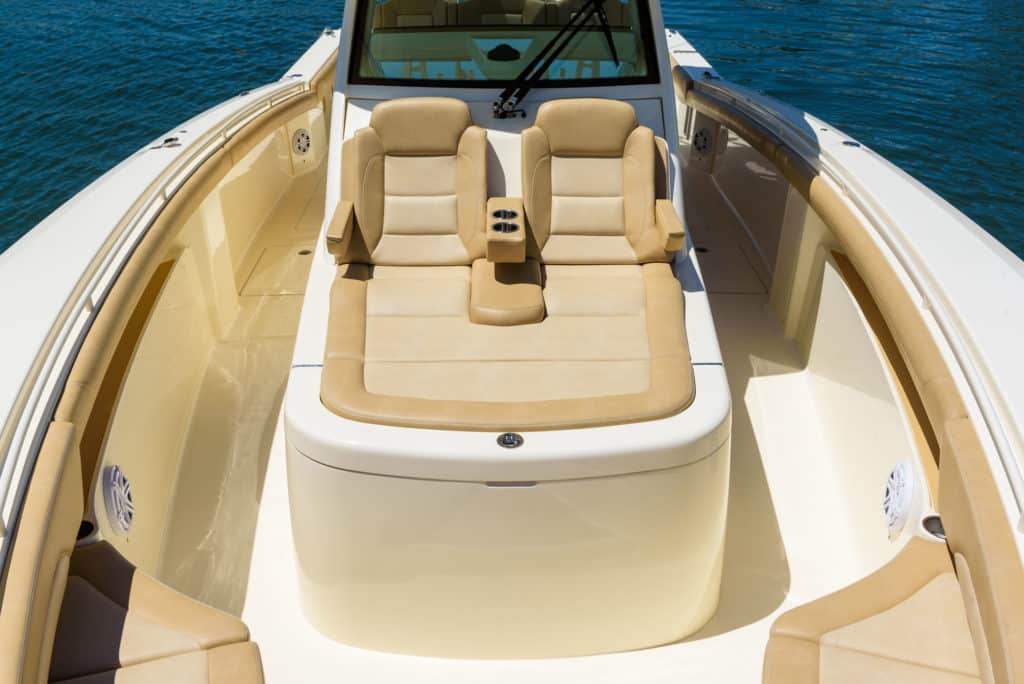
Marine upholstery represents a major investment in your saltwater fishing boat, providing comfort and esthetic appeal as well as value. The vinyl material that’s skillfully patterned, stretched and stitched over the foam padding on seats, backrests and coaming pads on today’s new boats is designed specifically for marine applications with inhibitors that resist mildew and UV-wrought deterioration from the hot sun.
You can extend the life and preserve the beauty of your boat upholstery even further by taking steps to protect and care for the vinyl material and the stitching that holds it all together.
Read Next: New Age of Boat Helm Seats
This is particularly important aboard a saltwater fishing boat that typically sees more hard use than other crafts. The upholstery on saltwater fishing boats is subjected to contaminants such as fish blood, slime and chunks of chum—not to mention potential damage when swinging aboard lures, sinkers, fish and cast nets—that other pleasure boats rarely experience.
Here are six ways to ensure your boat upholstery maintains its new look and feel for many years ahead.
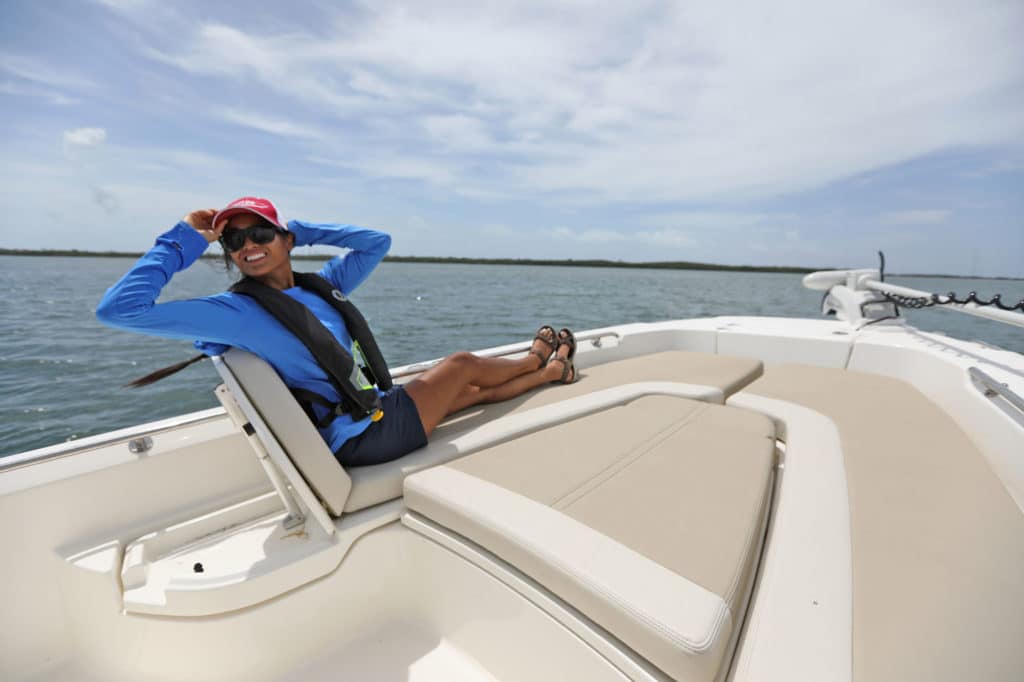
1. Remove Upholstery: Many of today’s new boats come with removable upholstery such as forward seating pads that provide comfort for guests when fishing is not a priority. But these often light-colored cushions can become trampled as anglers man the anchor or battle fish around the bow. Before you go fishing, remove such upholstered items and store them indoors to protect them from the elements and aggressive anglers.
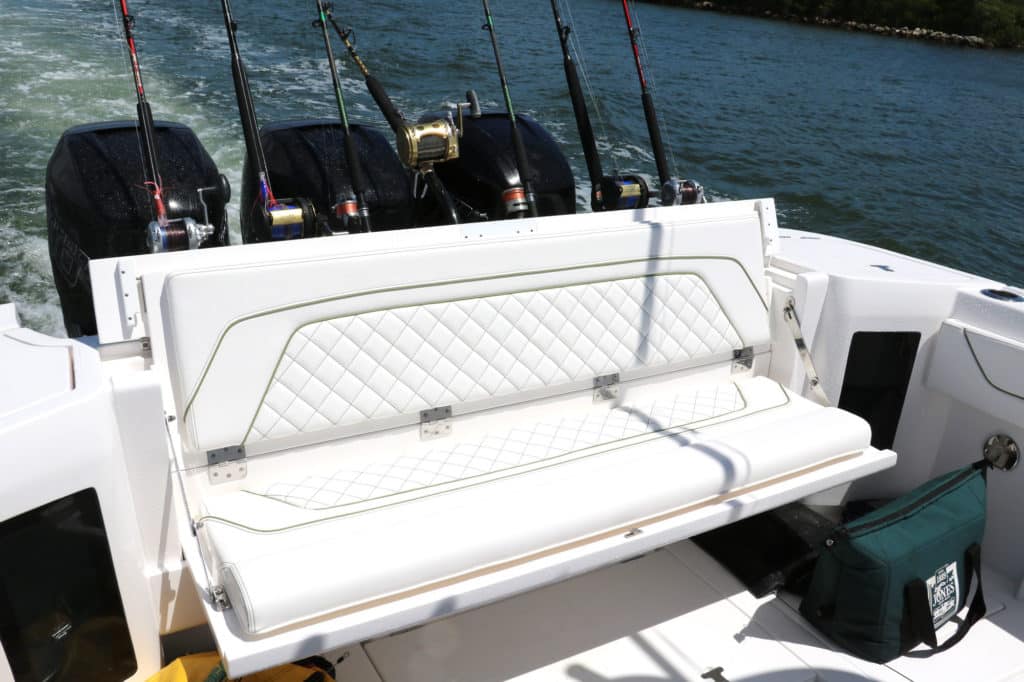
2. Clean and Dry: Thoroughly scrub your boat upholstery using a sponge with fresh water and mild soap, and rinse thoroughly with fresh water after every outing to remove salt and contaminants such as fish blood and sunscreen. Then dry all of your upholstery with a clean towel, making sure the vinyl is free of moisture, particularly around the seams. This will help prevent the formation of mildew that can produce dark, ugly stains. It will also help prevent “pinking” stains from developing on your boat seat, backrests and coaming pads.
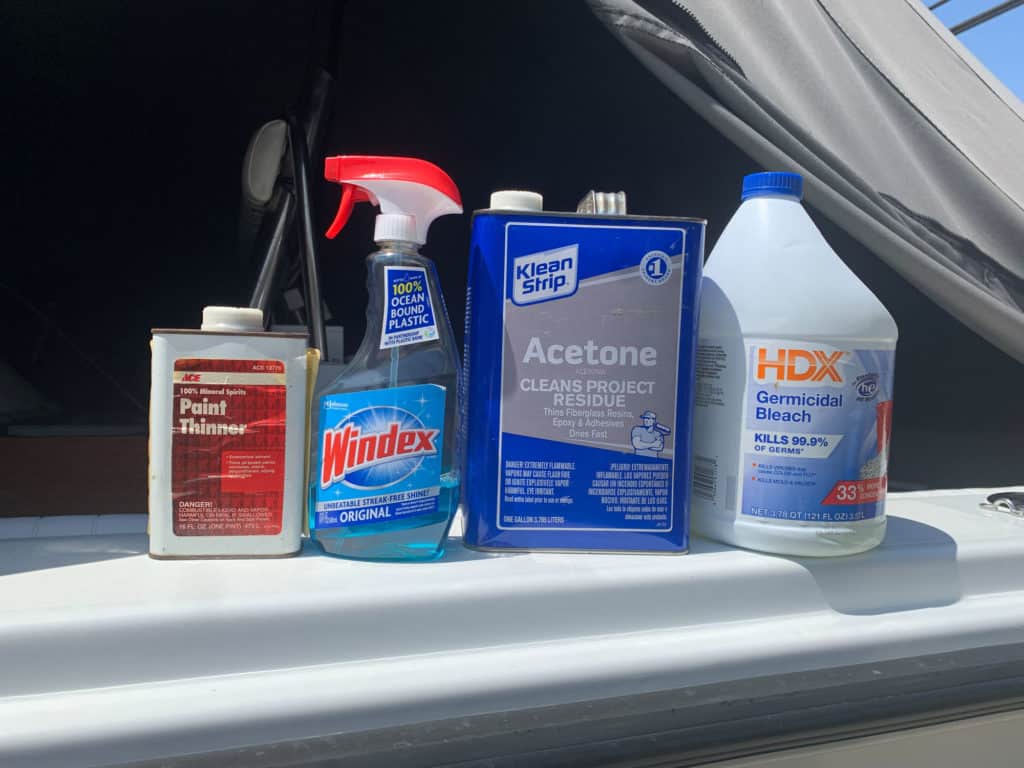
3. No Harsh Chemicals: Upholstery coverings need to stay soft and supple for comfort and to prevent cracks from developing. Harsh chemicals such as acetone, alcohol, bleach, glass cleaners containing ammonia, and paint thinner—chemicals you might consider to remove dirt or stains—can damage the upholstery. These chemicals tend to turn vinyl and other upholstery coverings hard and brittle, and that leads to uncomfortable seating and cracks in the upholstery. These chemicals can also damage and weaken the thread used to sew seams and piping in the boat upholstery. So avoid using any of them on your upholstery, no matter how desperate you are to clean stubborn stains.
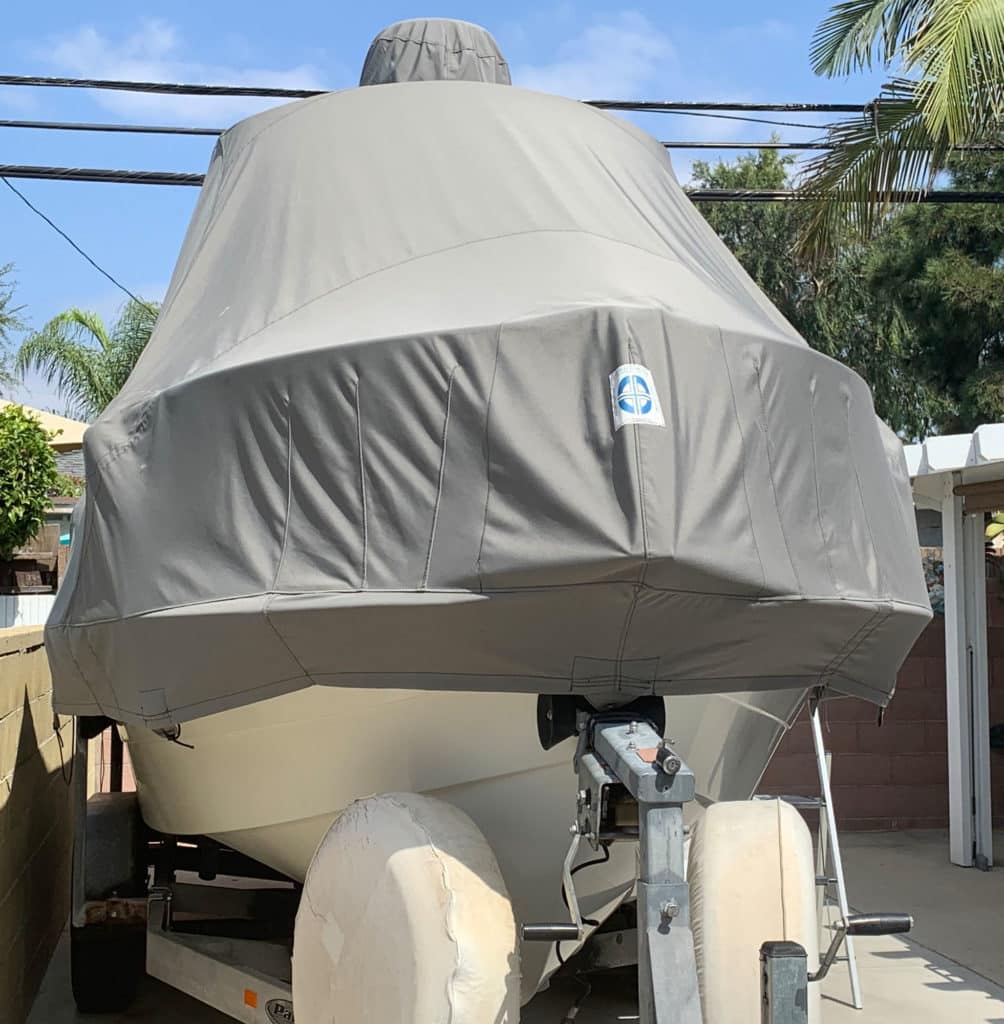
4. Cover Up: Even today’s upholstery coverings, engineered to resist UV, can eventually succumb to long-term exposure to sunlight. This can result in unsightly rust-like discoloration and brittleness. That’s why it’s important to keep your boat interior protected with a boat cover when not in use. Boat covers made from fabrics such as Sunbrella guard against UV rays to keep the upholstery and other interior surfaces looking new for as long as possible. In addition, the water-resistant nature of such coverings helps keep your upholstery dry during rain storms and on mornings when there’s heavy dew. The drier the upholstery, the less likely it will develop mildew and pinking.
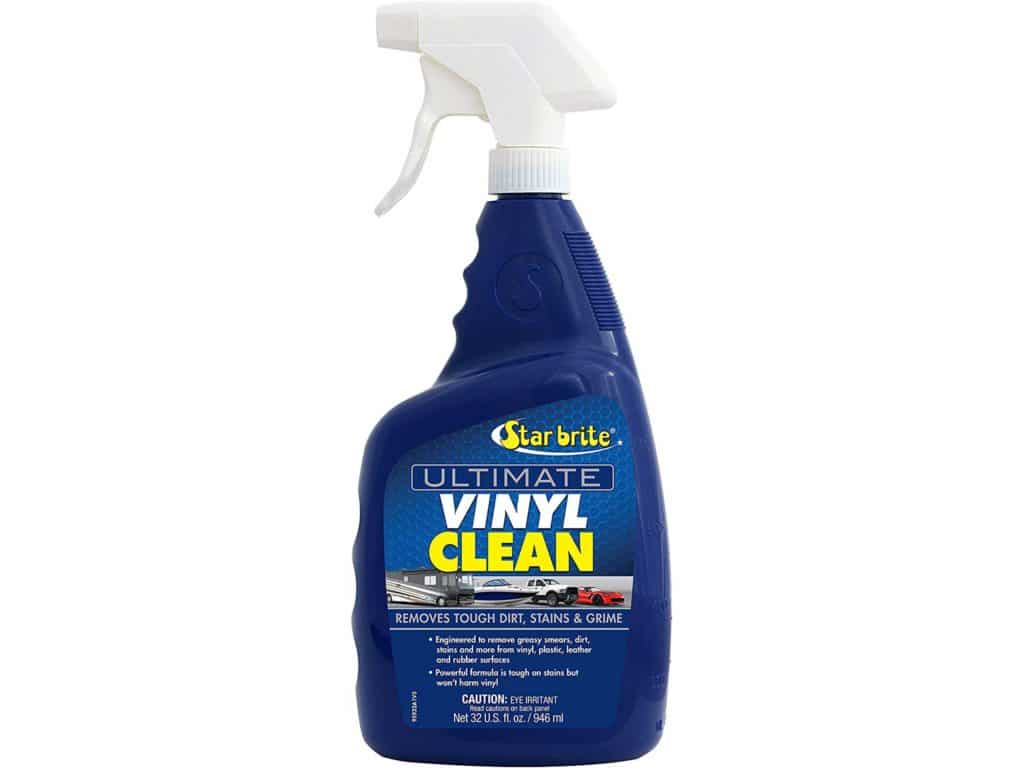
5. Deep Cleaning: Over time, grime and mild stains can mar the textured surfaces of your upholstery, giving your seats and coaming pads a dingy appearance. That’s when it’s time for a deep cleaning with a product such as Star brite Ultimate Vinyl Clean or West Marine Instant Vinyl Cleaner. Whichever brand you choose, follow directions carefully. After a deep clean, apply a treatment such as Star brite Vinyl Brite or West Marine Moisturizing Vinyl Protectant as directed. These treatments help keep the boat upholstery supple and add UV protection.
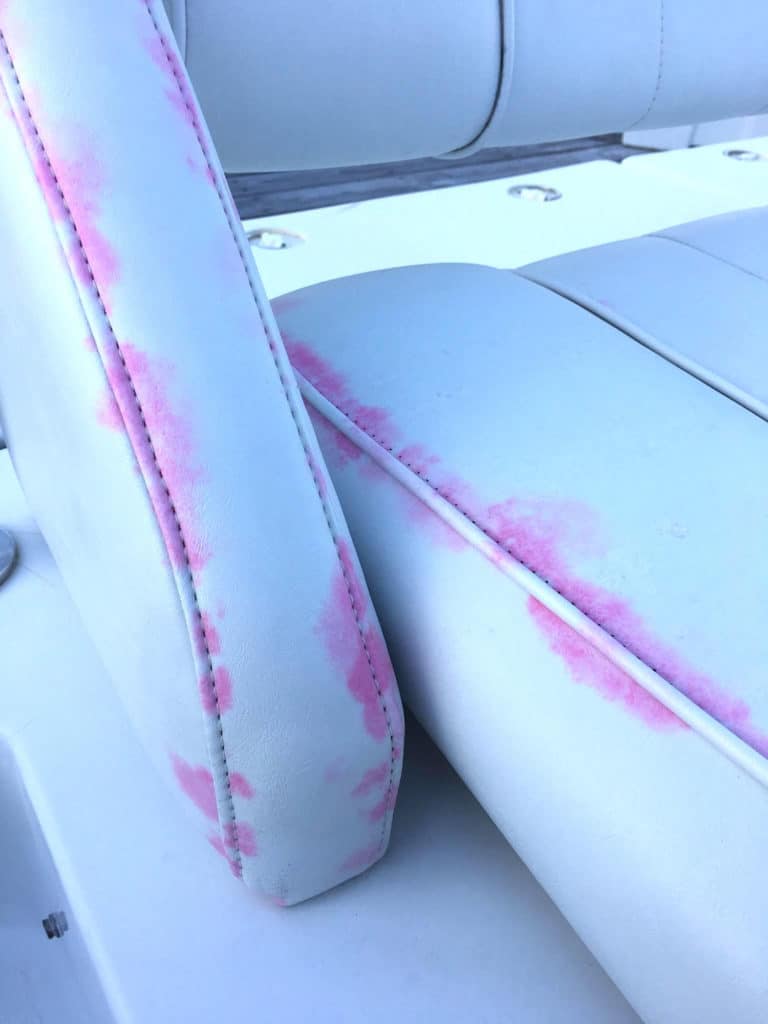
6. Pinking Problem: Pinking is a blotchy stain generated by bacteria, says engineer Scott Laster, CEO of Gestalt Scientific Corp. in Redmond, Washington. “The stains are caused by a strain of bacterium known as Streptoverticillium reticulum that infests upholstery between the top layer of foam and the underside of the vinyl,” he says. The bacteria usually finds their way through the tiny holes in the stitching. The bacteria need oxygen, fresh water, warmth and food. The first three elements are easy to find in boats. Food, on the other hand, requires people — the bacteria feed on oils and sloughed-off skin cells, as well as PABA found in some sunscreens. To prevent pinking, clean the upholstery and dry it thoroughly after each trip. Also, avoid the use of sunscreens containing PABA. If pinking does occur, Gestalt Scientific offers two patented options to eliminate the stains and ensure that they do not return. One is a commercial solution done by a certified boatbuilder or boat dealer, and the other is a self-administered home-treatment solution. To learn more, visit gestaltscientific.com.
Taking the time to care for and protect the upholstery on your saltwater fishing boat preserves your investment and saves you the time and money of prematurely replacing your seats and coaming pads. In the meantime, you’ll enjoy greater comfort and maybe even a few compliments as fellow anglers admire your like-new marine upholstery.




